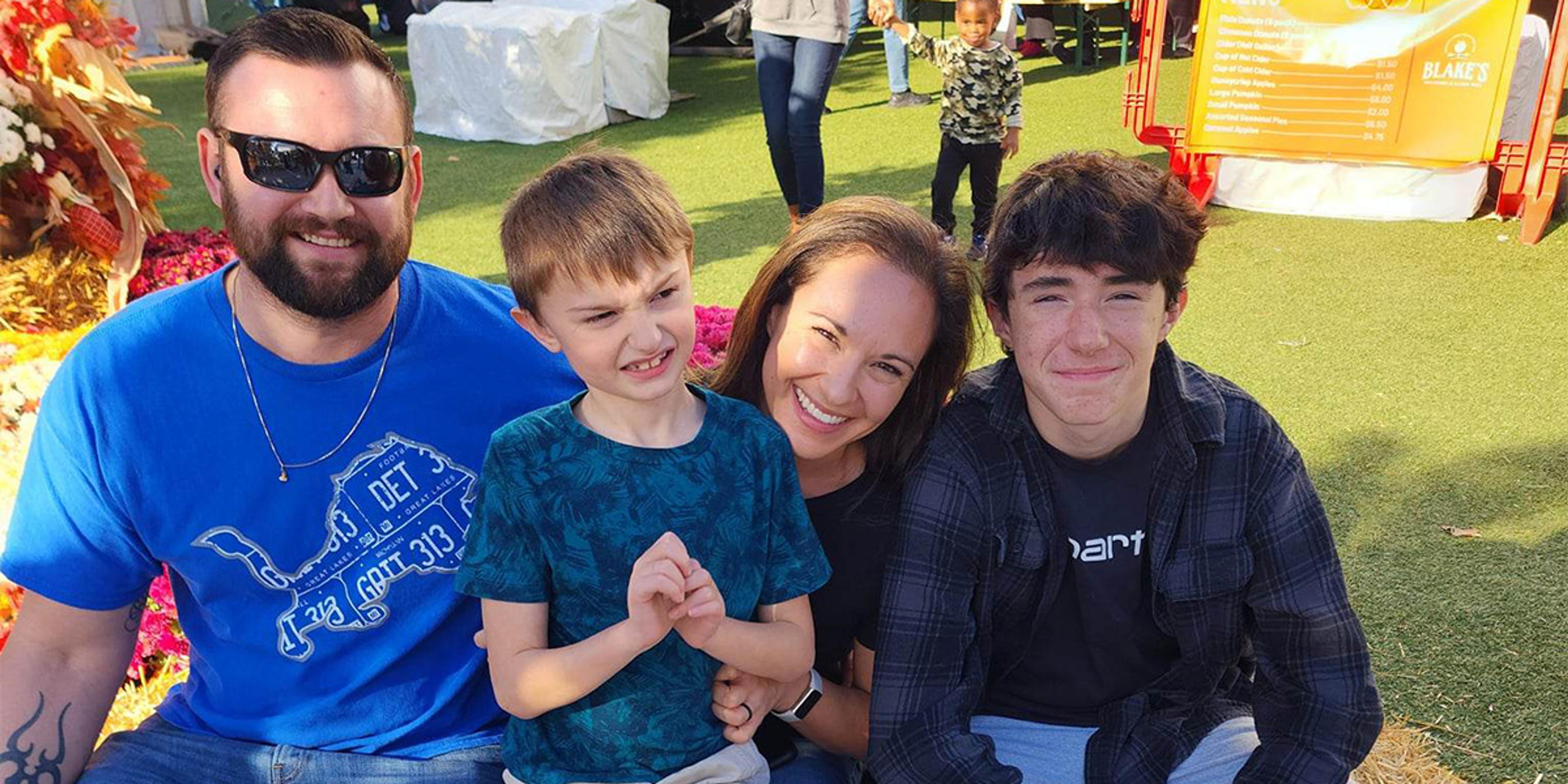Translating Diabetes Prevention to an At-Risk Population
Julie Bitely
| 3 min read

Preventing or delaying the onset of type 2 diabetes through healthy eating and exercise improves health and cuts health care costs. “Everybody should just do their best trying to delay these kinds of diseases,” said Dr. Janilla Lee, CEO/executive director at the Asian Center – Southeast Michigan, a community health organization serving Asian-Americans in Michigan. But what if programs to help people do just that can’t be understood? That was the dilemma Lee faced in combating diabetes in southeast Michigan’s Asian populations, specifically Asian Indians, Chinese, Filipinos and Koreans. A grant to the Asian Center from the Blue Cross Blue Shield of Michigan Foundation, with matching funds from the National Kidney Foundation of Michigan, helped her bring an evidence-based prevention program to this often-overlooked population. Statistics show that Asians are at higher risk of developing type 2 diabetes when compared with people of European ancestry, even if they don’t have a high body mass index (BMI), often associated with the disease. Asian Indians have the highest risk amongst Asian populations. Using the grant funding, Lee had the Diabetes Prevention Program curriculum from the Centers for Disease Control and Prevention translated to serve Asian populations in southeast Michigan. Four groups went through the yearlong program, which requires weekly hour-long educational sessions for the first 16 weeks, followed by monthly maintenance group sessions for eight months. The goals of the program are to lose weight through healthy eating and to implement at least 150 minutes per week of brisk physical activity. Since many participants in the Chinese and Korean groups didn’t have a lot of weight to lose, an A1C test was added to see if the program improved those numbers. The blood test measures blood glucose and checks to see how well blood sugar levels are being controlled. Lee said the groups were a big success. All the participants who completed the program engaged and developed healthier eating habits, maintained or lost weight and smashed weekly exercise goals. Participants reduced unhealthy BMI levels into the “normal” range and the average A1C drop was .25, while participants who started the program with diabetes had an average drop of .60. One man in the Filipino group lost 18 pounds and dropped his A1C levels from 6.5 to 5.9. He could stop using medication to control his diabetes. “He’s no longer a diabetic,” Lee said. For her part, Lee taught the Chinese group and said she had to get creative, especially in helping people find accurate calorie counts for their favorite foods. “Food calorie books written in English talk about French fries, hamburgers and cheeseburgers,” Lee explained. “They don’t eat these foods so I had to find resources they’d actually use.” She attributes the groups’ success in part to a supportive group dynamic. People were able to meet in spaces like community centers and places of worship and could be comfortable speaking their own language as they learned. “We find that Asian people like to get together, especially those with a language barrier,” she said. The Asian Center – Southeast Michigan is working to keep the program going for new groups. If you’re interested, contact the organization at 248-227-4374. Learn more about work the Blue Cross Blue Shield of Michigan Foundation funds:
- Childhood Trauma and Health: Understanding the Connection
- Want to Quit Smoking Hookah? There's an App for That
- How the BCBSM Foundation Supports Produce Prescription Programs
Photo credit: monkeybusinessimages





